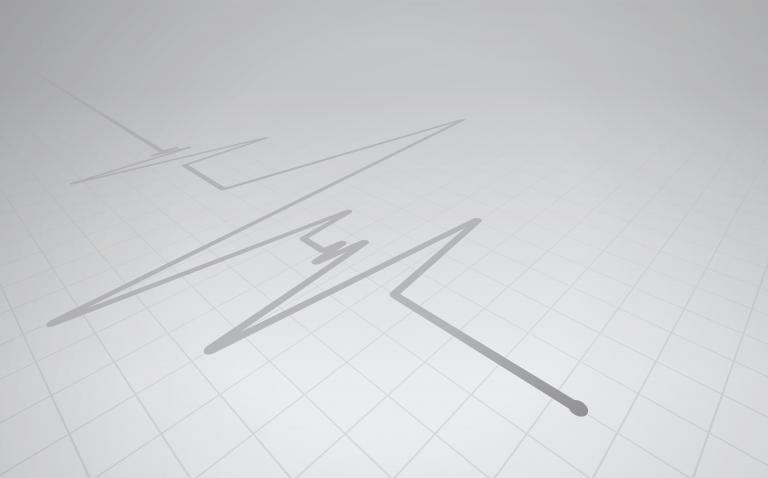Two-year data from the RM-ALONE Trial1 evaluating the safety and workflow efficiency of remote cardiac monitoring with remote interrogations were recently published in the European Heart Journal.
The authors analysed the efficacy of Biotronik Home Monitoring® as a follow-up method after the implantation of cardiac implantable electronic devices (CIEDs) without regular in-person evaluations with a physician.
The randomised clinical trial was conducted with 445 Spanish pacemaker and implantable cardioverter defibrillator (ICD) patients across 16 major Spanish hospitals. After a 12-week post-implant face-to-face visit with their implanting physician, participants were assigned to one of two groups and monitored for 24 months. Patients in the first group only received remote cardiac monitoring and remote interrogations (HMo) as follow-up routine, while the control group received remote monitoring in combination with in-person evaluations every six months (HM + IO).
The trial results underline that Biotronik Home Monitoring is an effective and safe system to timely detect major adverse cardiovascular events (MACEs). The authors found no significant difference in safety between remote monitoring only and remote monitoring and scheduled in-office visits. MACEs experienced per patient were statistically comparable between the two study groups, with 20% of patients experiencing ≥1 MACE in the Home Monitoring only (HMo) group versus 19.5% in the Home Monitoring plus in-office follow-ups (HM + IO) group (P = 0.006 for non-inferiority).
Furthermore, the authors showed that Home Monitoring is a cost-efficient method that can significantly reduce the workload of medical staff in hospitals. In the HMo group, the time physicians spent per patient was significantly shorter in comparison to the HM + IO group: 4 min versus 10 min in HM + IO (P < 0.0001). Moreover, the data showed a 79.2% reduction of in-office visits with no significant differences in unscheduled visits between the groups.2
“The two-year results from RM-ALONE demonstrate that remote monitoring with remote interrogations may be a safe substitute for conventional in-person follow-ups of patients with cardiac implants,” said RM-ALONE’s principal investigator Dr Francisco Javier García-Fernández, Hospital Universitario de Burgos, Burgos, Spain. “Our results now raise the question of whether the current guidelines for CIEDs should be adjusted according to our latest research findings.”
Previous studies have highlighted the fact that Home Monitoring further improves patient safety due to the early detection of device- and patient-related events.3,4,5 All-cause mortality risk in severe heart failure patients has been shown to have been reduced by more than 60%5 and by 38% in broader populations of heart failure patients.6 Additionally, studies have observed a significant reduction in inappropriate ICD shocks and hospitalisation rates when using BIOTRONIK Home Monitoring.7,8
“These extremely promising results from the RM-ALONE study show how Biotronik Home Monitoring contributes to patient safety significantly while reducing the need for in-office evaluations as well the workload on clinical staff,” said Albert Panzeri, Vice President at Biotronik. “Automatic daily data transmission, a user-friendly handling as well as a specific workflow, enabling fast patient contact after an event are all key features that make our system unique on the market.”
References
- The results of the RM-ALONE study were first presented at ESC Congress 2018.
- García-Fernández FJ et al. Eur Heart J. 2019, Feb 21. doi: 10.1093/eurheartj/ehz067.
- Varma N et al. Circulation. 2010, 122(4).
- Mabo P et al. Eur Heart J. 2012, 33(9).
- Hindricks G et al. Lancet. 2014, 384(9943).
- Hindricks G et al. European Heart Journal. 2017, May 10.
- Guedon-Moreau L et al. J Cardiovasc Electrophysiol. 2014, 25(7).
- Burri H et al. Europace. 2013, 15(11).










